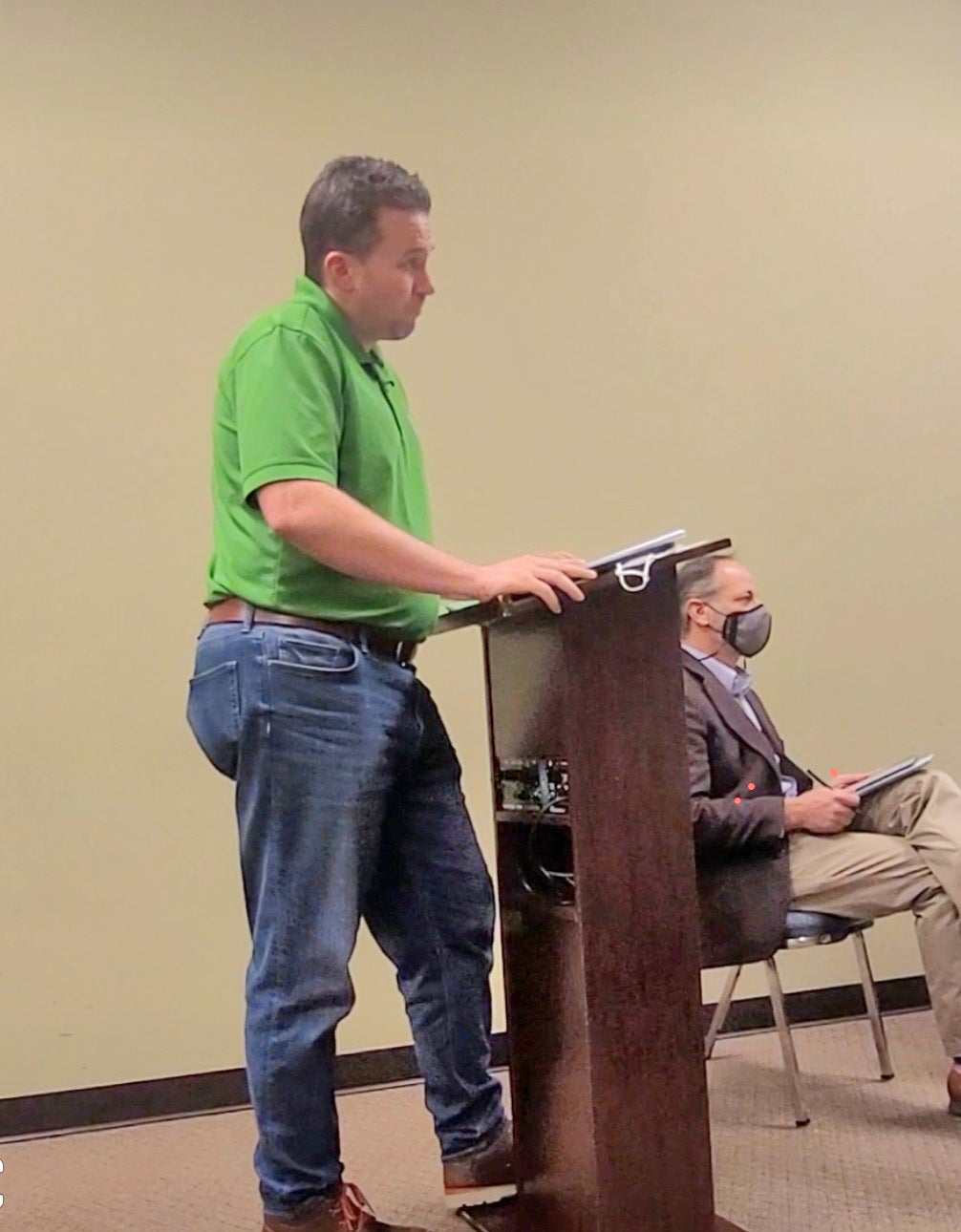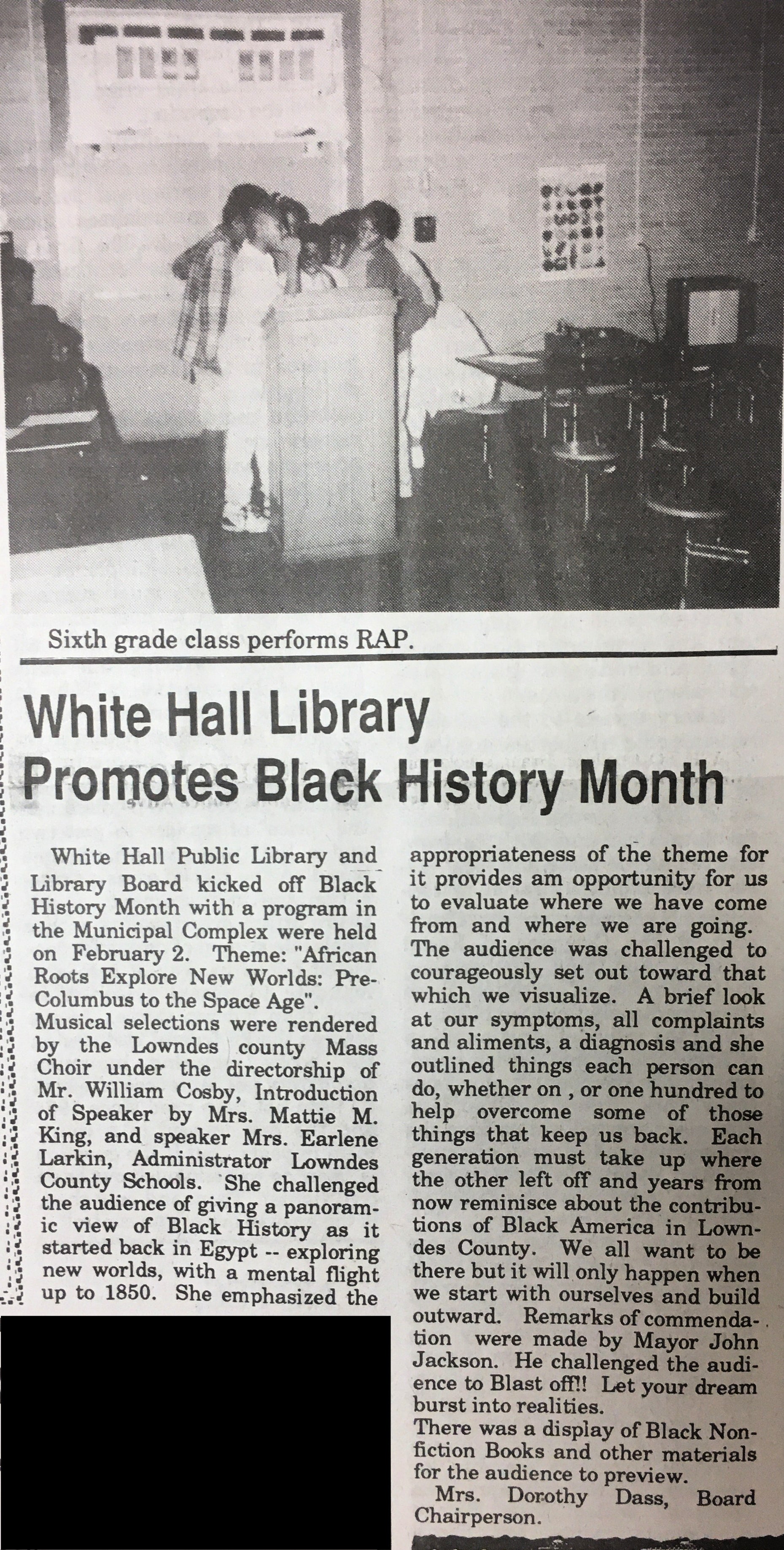“Case Study: Institutional Martyrs of the Civil Rights Movement” Ranger-led discussion set
Published 12:00 pm Thursday, December 26, 2013

A Ranger-led examination of some of the iconic institutions, ideological beliefs and political antagonists for societal change that helped define the battle for equal rights will be held at the Lowndes Interpretive Center in White
Hall at 2 p.m. on Saturday, Jan. 18. This photo is an exhibit photo from Aug. 6, 1965 when President Lyndon B. Johnson signed the Voting Rights Act into law. Among those looking on are iconic leaders of the Civil Rights Movement including Dr. Martin Luther King and Ralph Abernathy. Both exhibits are on display at the Lowndes Interpretive Center.
 By Fred Guarino
By Fred GuarinoThe Lowndes Signal
A Ranger-led examination of some of the iconic
institutions, ideological beliefs and political
antagonists for societal change that helped
define the battle for equal rights will be held
at the Lowndes Interpretive Center in White
Hall at 2 p.m. on Saturday, Jan. 18.
According to Patricia A. Butts, public
information Officer for the Selma to Montgomery
National Historic Trail, “Along the way, these
entities also became figuratively and literal
martyrs/champions of this epic struggle for
social justice.”
She said, “Our goal is to examine how these
entities both individually and collectively
shaped the conscience of our nation and
provided the moral compass to navigate the
tumultuous Civil Rights Era of the 1950s.”
Butts said this program is free and open to the
public.
The Selma to Montgomery National Historic Trail
was created by an act of Congress in 1996. The
National Park Service operates the Lowndes
County Interpretive Center.
According to the National Park Service, on Aug.
6, 1965, President Lyndon Johnson signed, the
Voting Rights Act of 1965, which extended equal
voting rights for African-Americans.
As both White and Black non-violent supporters
led by Dr. Martin Luther King Jr. fought for
the right to vote in Central Alabama, today,
you can trace their march toward freedom on the
54-mile trail and connect with their stories at
the Interpretive Centers.
For more information about the Ranger-led
discussion, contact Park Guide Larry Peterson
at (334) 877-1983 or visit www.nps.gov/semo.
From Selma, take U.S. 80 East for approximately
23 miles. The Lowndes Interpretive Center
will be located on the left side of U.S. 80.
From Montgomery take U.S. 80 West toward Selma
for approximately 22 miles. The Lowndes
Interpretive Center will be located on the
right side of U.S. 80. one mile after entering White
Hall.





